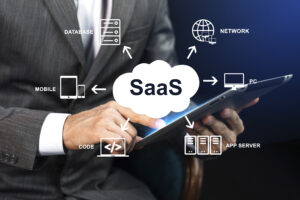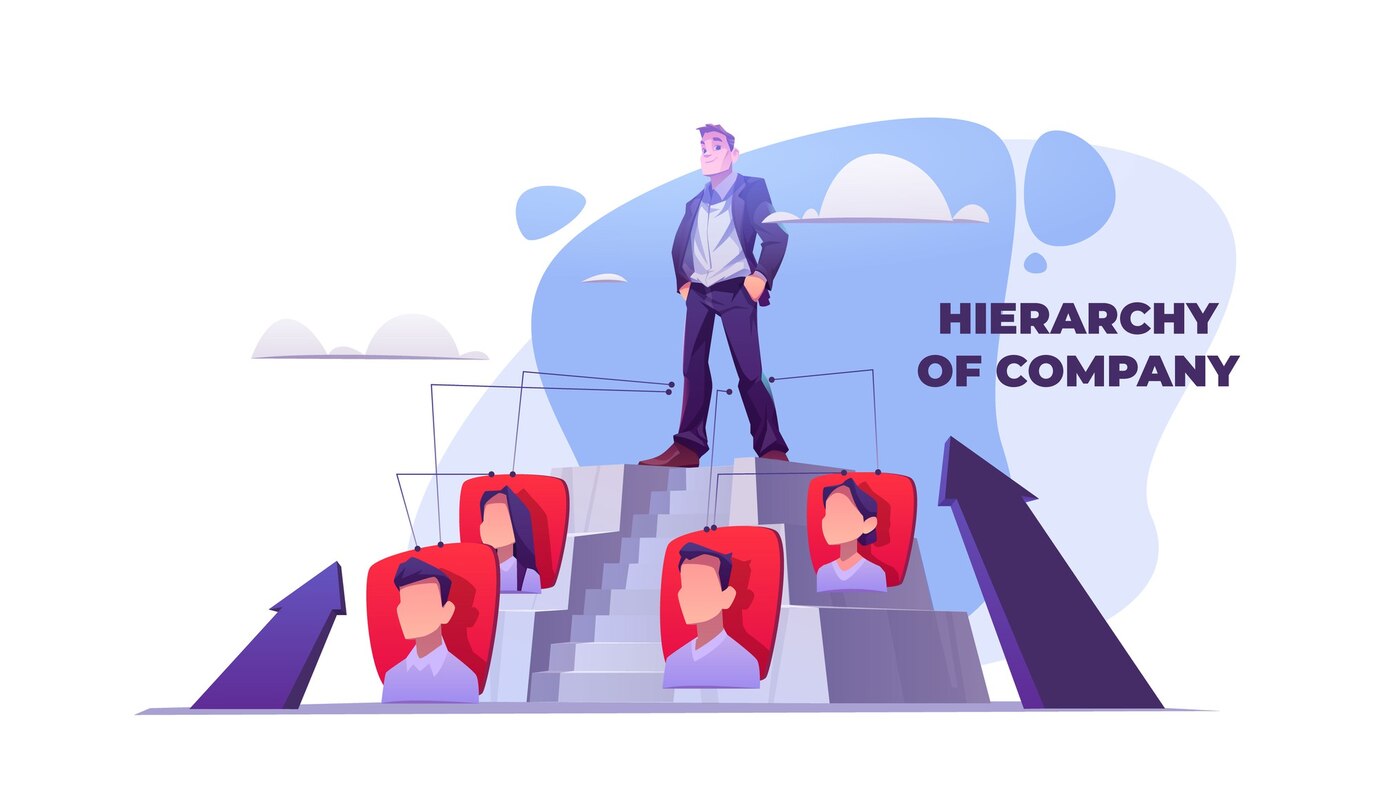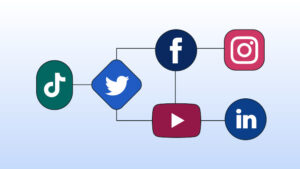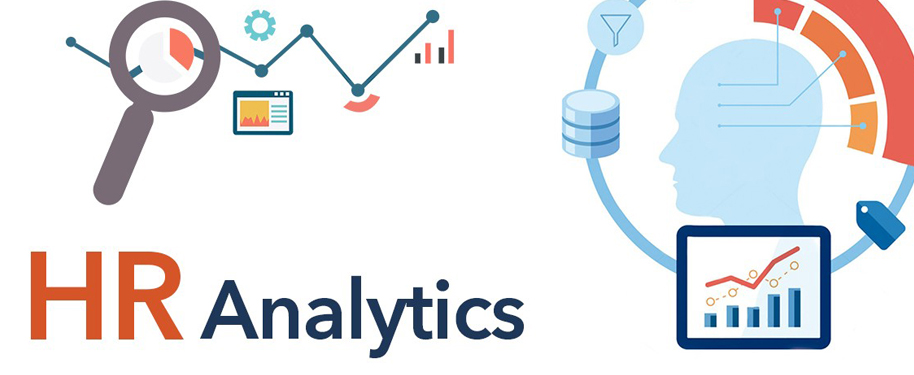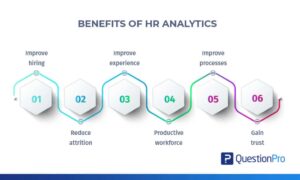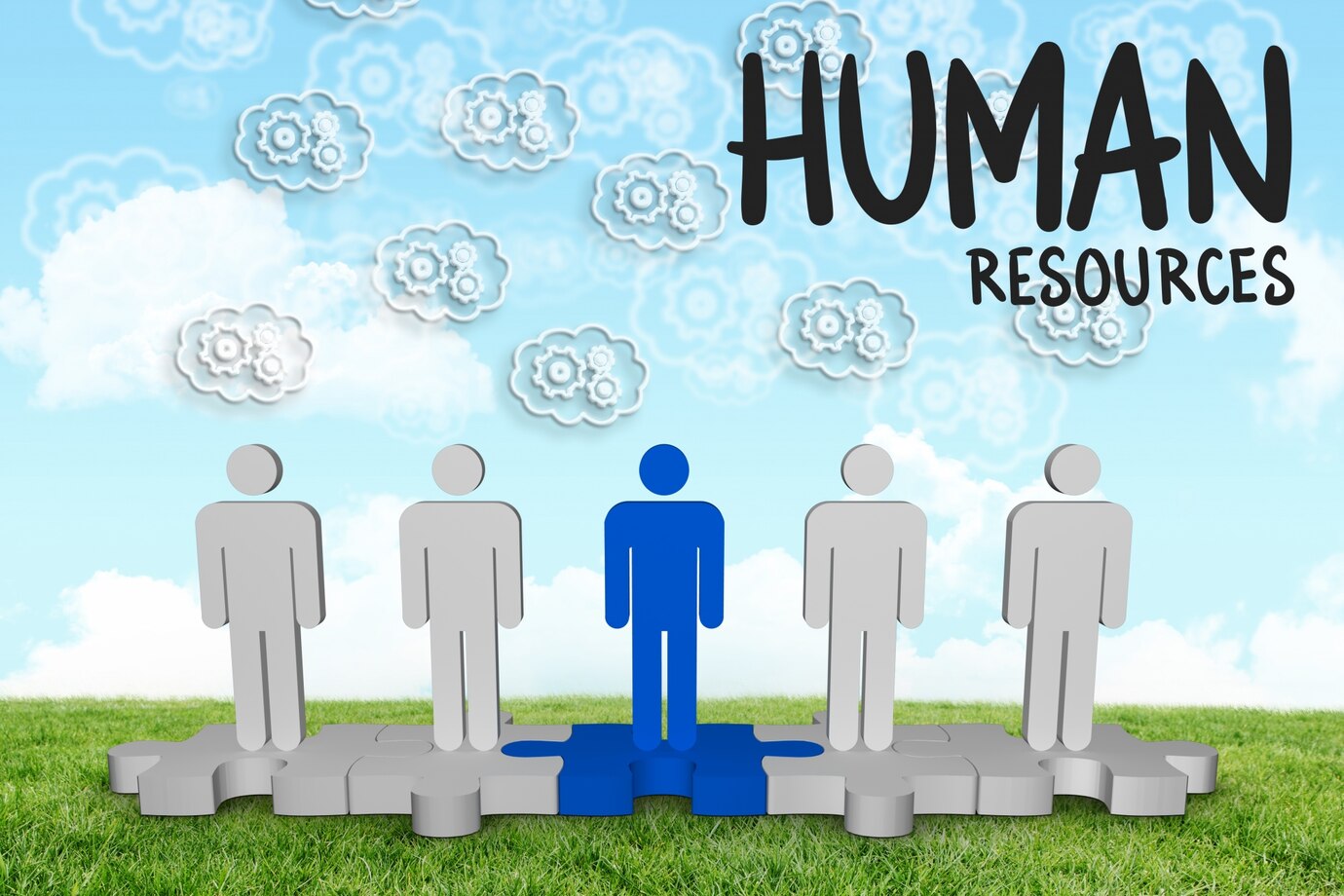eHR vs. Traditional HR: Key Differences and Advantages
Introduction
In the ever-evolving landscape of Human Resources, the shift towards technology-driven solutions is evident. eHR (Electronic Human Resources) has gained momentum, challenging the conventional practices of Traditional HR. This article delves into the key differences and advantages of eHR compared to Traditional HR. We will explore various aspects, backed by real-world insights and expert opinions, to help you make informed decisions for your organization’s HR needs.
Get lifetime Access to My Private Prompts Library: https://ko-fi.com/chatgpt_prompts_library
Understanding eHR
eHR is an innovative approach to managing human resources through digital platforms and software. Here are the fundamental differences between eHR and Traditional HR:
Integration of Data and Analytics
eHR: In the world of eHR, data is king. Electronic systems can seamlessly integrate and analyze vast amounts of HR data, providing valuable insights into employee performance and trends.
Traditional HR: Traditional HR relies on manual record-keeping and data analysis, which can be time-consuming and prone to errors.
Accessibility and Convenience
eHR: eHR systems can be accessed from anywhere with an internet connection, making it convenient for remote work and global organizations.
Traditional HR: Traditional HR often involves physical documentation and in-person meetings, which can be less accessible and efficient.
Automation and Efficiency
eHR: Automation is a hallmark of eHR, streamlining tasks like payroll processing, leave management, and performance appraisals.
Traditional HR: Traditional HR often requires manual processing of these tasks, which can be labor-intensive and time-consuming.
Benefits of eHR
eHR offers several advantages that are reshaping the HR landscape:
Enhanced Productivity
eHR systems automate routine HR processes, freeing up HR professionals to focus on strategic tasks, ultimately enhancing overall productivity.
Data-Driven Decision Making
eHR’s robust data analysis capabilities empower organizations to make informed decisions based on real-time data, leading to better workforce management.
Improved Employee Experience
eHR systems offer self-service features, allowing employees to access and update their information, leading to increased satisfaction and engagement.
Cost Savings
By automating tasks and reducing paperwork, eHR can lead to cost savings in the long run, making it a financially sound choice.
Scalability
eHR systems can easily adapt to the changing needs of an organization, making them ideal for both small businesses and large enterprises.
Compliance and Security
eHR systems often come with built-in compliance features, ensuring that an organization adheres to legal regulations, enhancing data security.
Traditional HR in a Digital Age
While eHR has its merits, Traditional HR still holds its ground, offering certain advantages:
Personal Touch
Traditional HR allows for face-to-face interactions, which can foster a more personal and empathetic approach to HR matters.
Legacy Systems
For well-established organizations with legacy systems in place, transitioning to eHR may be challenging and costly.
Resistance to Change
Some employees and HR professionals may be resistant to change, making it necessary to implement eHR gradually.
eHR vs. Traditional HR: Key Differences and Advantages
In a nutshell, the decision between eHR and Traditional HR boils down to your organization’s unique needs and priorities. eHR is a game-changer for data-driven, efficient, and tech-savvy organizations, while Traditional HR maintains its relevance in businesses valuing a personal touch and tradition.
FAQs
Is eHR suitable for small businesses?
Yes, eHR can be tailored to suit the needs and budget of small businesses, offering scalability and cost savings.
How can eHR improve employee engagement?
eHR systems often include self-service options, allowing employees to take control of their information and fostering engagement.
Are eHR systems secure?
Yes, eHR systems typically come with robust security features to protect sensitive HR data.
Can Traditional HR and eHR coexist in an organization?
Absolutely, organizations can adopt a hybrid approach, combining the strengths of both systems.
What is the cost difference between eHR and Traditional HR?
eHR can lead to cost savings in the long term due to increased efficiency and reduced paperwork.
Are eHR systems easy to implement?
The ease of implementation depends on the organization’s readiness and the complexity of the system.
Conclusion
The world of HR is evolving, and the choice between eHR and Traditional HR is not about one being better than the other, but about finding the right fit for your organization’s unique needs. eHR offers efficiency and data-driven insights, while Traditional HR provides a personal touch. Understanding the key differences and advantages of each system is the first step in making an informed decision for your HR practices.



